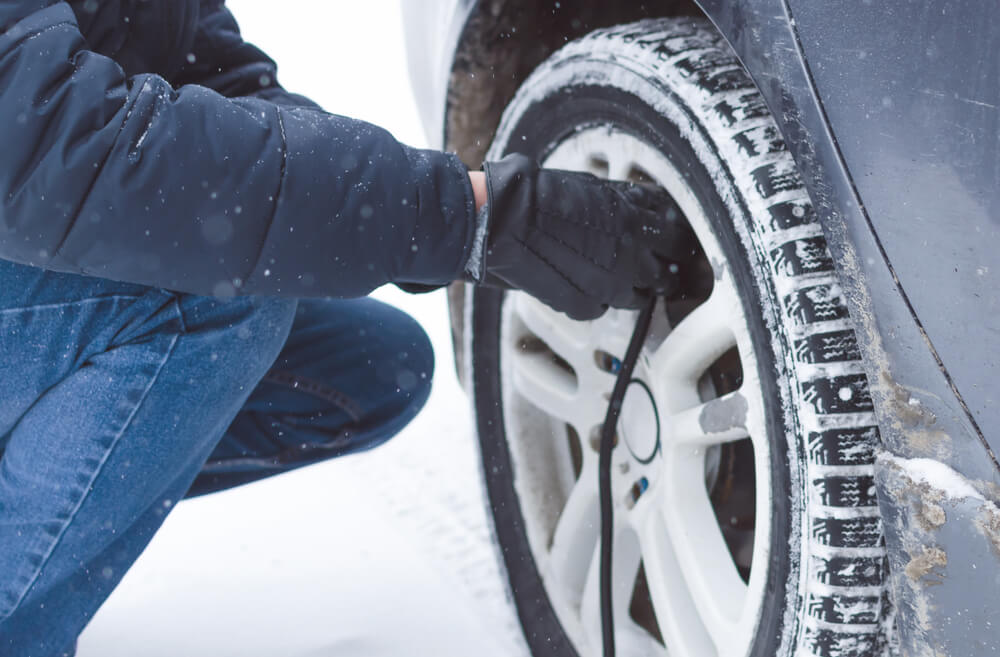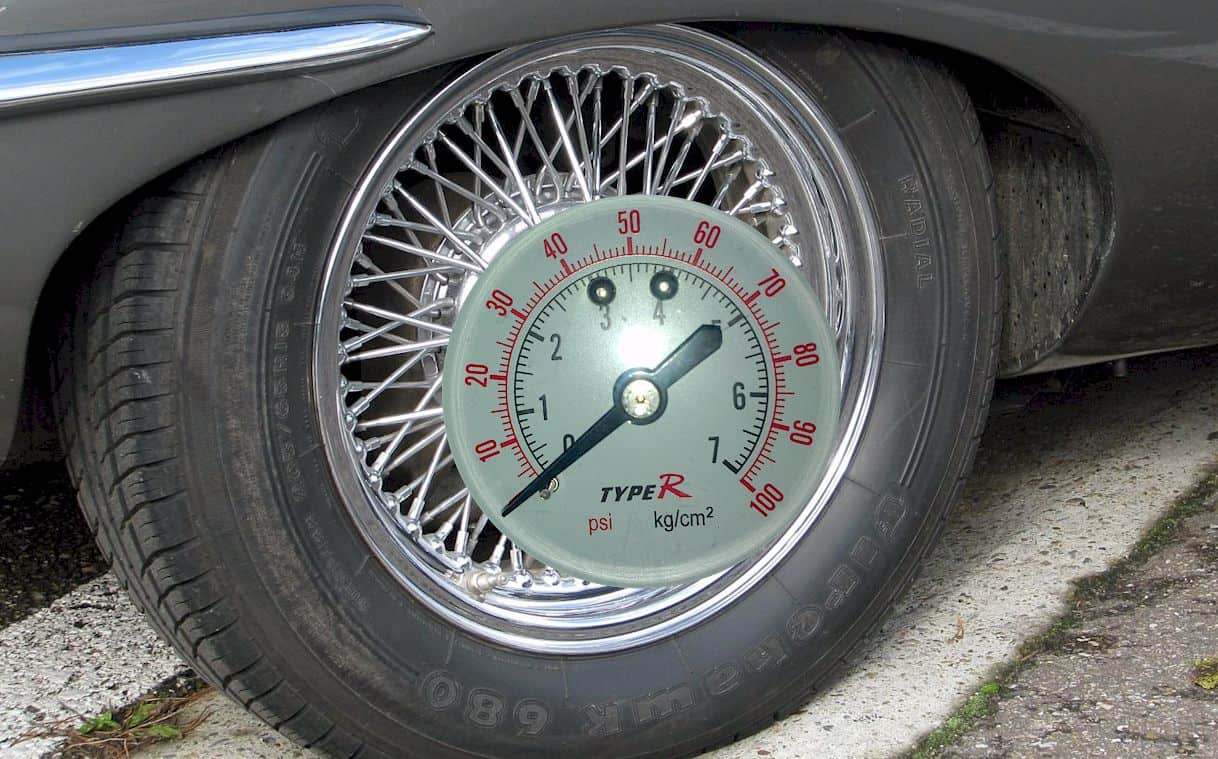

Should You Overinflate Your Tires in Winter?Įxceeding the manufacturer’s recommended tire pressure may impact your equipment’s performance and cause premature wear on its tires.
Tire psi winter manual#
Refer to the manufacturer’s manual for recommendations regarding seasonal changes and optimal tire psi.

The following table shows variations of tire pressure in cold temperatures: Pressure at 68 ☏Ĭheck your equipment’s tire pressure at least weekly during the winter months. Again, check the manufacturer’s manual for optimal tire pressure. Skid steer tire pressure specifications range from 45-60 PSI. For a four-wheel-drive truck, 35 PSI is the norm. The recommended tire pressure for a car is typically between 30 and 35 PSI. Use a tire pressure gauge to measure the tire inflation on your heavy equipment to be certain it is sufficient.

Inflate them to that recommended PSI.ĭon’t depend on a visual inspection. Measure the pressure while your tires are cold. Your machine’s recommended tire pressure might also be listed on a sticker inside the driver’s door.ĭropping temperatures might cause a heavy load to need a higher PSI but start with the recommended PSI. Some tires will have ideal PSI listed on the tire sidewalls. Ultimately, it’s important to check your vehicle’s owner’s manual and go with the recommended tire pressure provided. So what should tire pressure be in winter?ģ0 to 35 PSI is generally recommended as the ideal tire pressure for winter temperatures, but the exact recommended pressure varies depending on the type of vehicle and how low the temperature drops.

It can also cause more wear on your tires. Yet low tire pressure may require your heavy equipment to use more fuel to get the job done. It’s reported that with every 10-degree drop in temps, your tire pressure drops 1 pound per square inch (1 PSI). A gentle break-in improves the durability of studding: the studs will fit securely into place and stay on the tyres.When temperatures decrease, tire pressure can drop. For the first 500 kilometres (310 miles), avoid sudden acceleration and braking. Tyres marked M+S (intended for winter use) should be carefully broken in. As a result, the tyres will wear evenly and show smaller differences in wear. To prolong the lifetime of the tyres, front and rear tyres can be changed from one axle to another every 5,000–10,000 kilometres. The arrow on the sidewall indicates the rolling direction.
Tire psi winter drivers#
In addition to correct tyre pressure, drivers should also ensure that uni-directional tyres are correctly installed on the car. If the tyre pressure is measured inside, it will be too low for outside temperatures.Įxample: The temperature in the garage is +20 ˚C, while the outside temperature is -10˚ C à If the pressure is adjusted in the garage, the pressure added to the tyres must be 30 kPa (0.3 bar) higher than the recommended value to ensure a correct pressure level outside. The temperature in a warm garage can be up to 30 ˚C higher than outside. For winter tyres, you should inflate the tyres to 0.2 bar above the summer tyre recommendation. For summer tyres, we recommend using the vehicle manufacturer’s suggested tyre pressure. Temperature has a significant impact on tyre pressurisation.


 0 kommentar(er)
0 kommentar(er)
